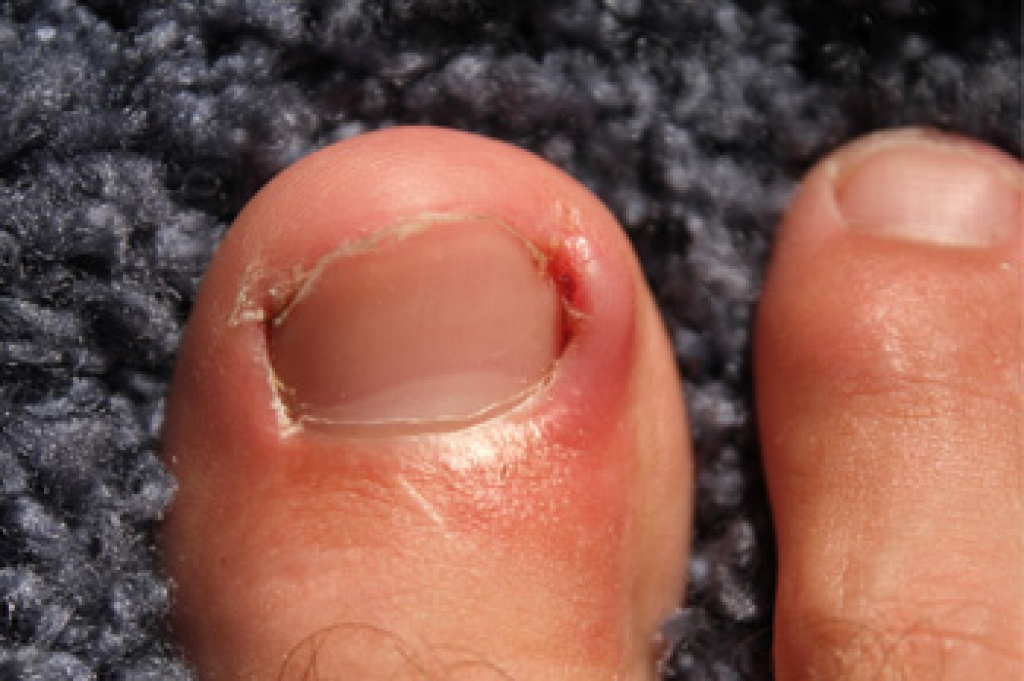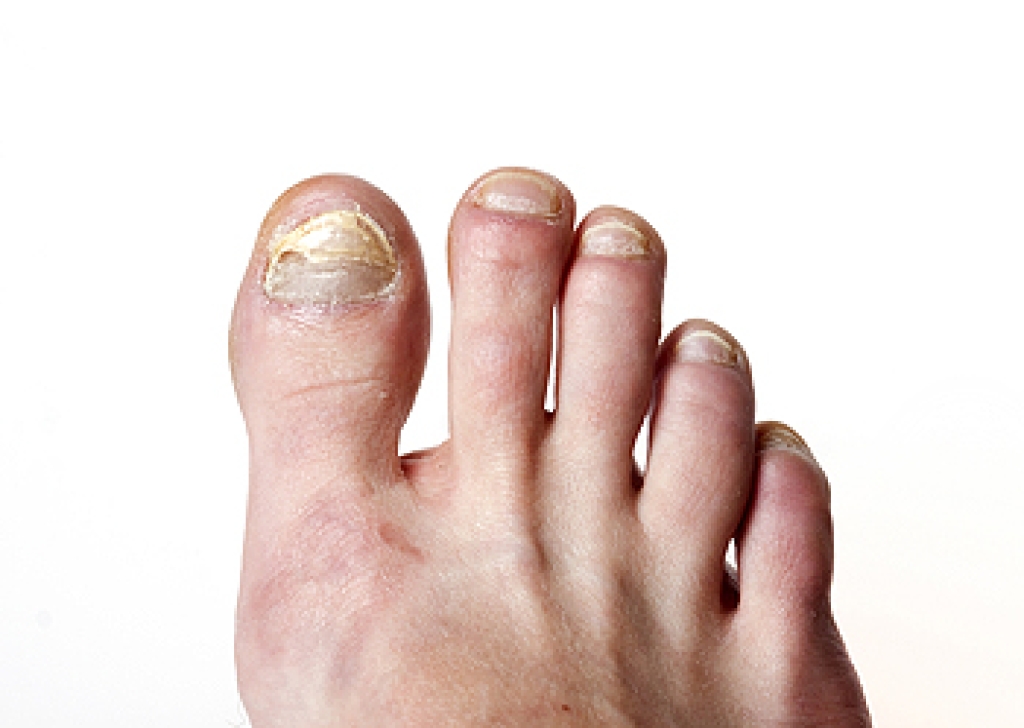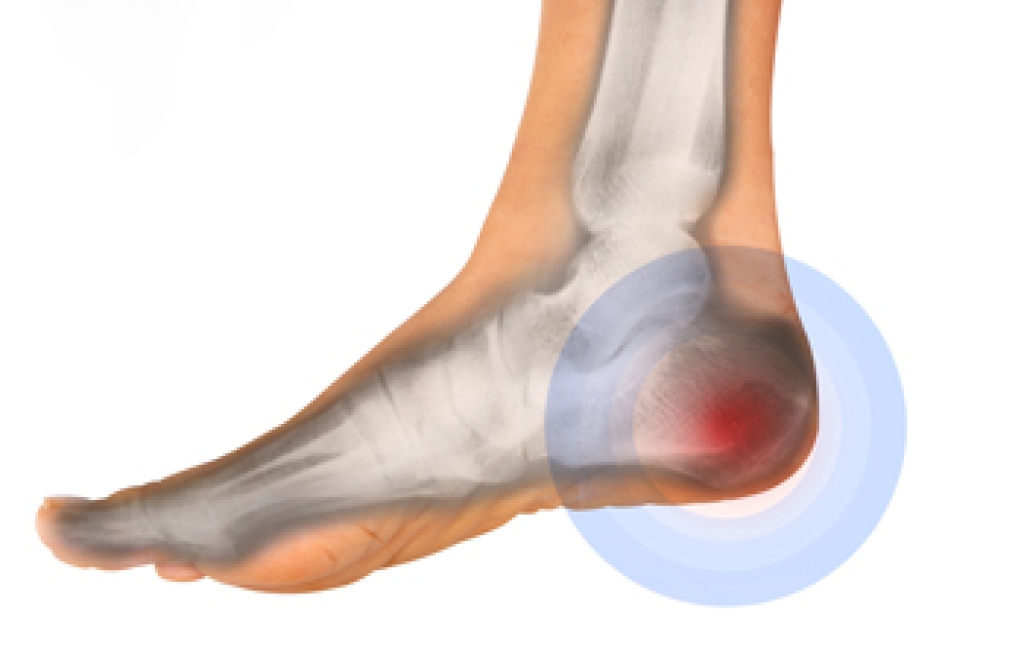 If you have ever experienced pain and tenderness on the side of your big toe, you may have what is known as an ingrown toenail. This is often the result of the toenail growing into the skin around the nail, and is often accompanied by pain and discomfort. If the toenail is severely ingrown, some of the symptoms experienced may be pus oozing from the area, swelling, or extensive bleeding. It is advised for diabetic patients to seek medical treatment immediately, which will aid in promoting proper healing. There are several causes of ingrown toenails, including wearing shoes and socks that fit too tightly, incurring an injury to the toe, or by having feet that sweat excessively. The latter reason typically allows the nail to cut through the soft skin surrounding it, and implants itself into the skin. If you feel you have an ingrown toenail, please consult with a podiatrist to learn about proper treatment techniques.
If you have ever experienced pain and tenderness on the side of your big toe, you may have what is known as an ingrown toenail. This is often the result of the toenail growing into the skin around the nail, and is often accompanied by pain and discomfort. If the toenail is severely ingrown, some of the symptoms experienced may be pus oozing from the area, swelling, or extensive bleeding. It is advised for diabetic patients to seek medical treatment immediately, which will aid in promoting proper healing. There are several causes of ingrown toenails, including wearing shoes and socks that fit too tightly, incurring an injury to the toe, or by having feet that sweat excessively. The latter reason typically allows the nail to cut through the soft skin surrounding it, and implants itself into the skin. If you feel you have an ingrown toenail, please consult with a podiatrist to learn about proper treatment techniques.
Ingrown toenails may initially present themselves as a minor discomfort, but they may progress into an infection in the skin without proper treatment. For more information about ingrown toenails, contact Larry J. Kipp, DPM of Coastal Podiatry Center. Our doctor can provide the care you need to keep you pain-free and on your feet.
Ingrown Toenails
Ingrown toenails are caused when the corner or side of a toenail grows into the soft flesh surrounding it. They often result in redness, swelling, pain, and in some cases, infection. This condition typically affects the big toe and may recur if it is not treated properly.
Causes
- Improper toenail trimming
- Genetics
- Improper shoe fitting
- Injury from pedicures or nail picking
- Abnormal gait
- Poor hygiene
You are more likely to develop an ingrown toenail if you are obese, have diabetes, arthritis, or have any fungal infection in your nails. Additionally, people who have foot or toe deformities are at a higher risk of developing an ingrown toenail.
Symptoms
Some symptoms of ingrown toenails are redness, swelling, and pain. In rare cases, there may be a yellowish drainage coming from the nail.
Treatment
Ignoring an ingrown toenail can have serious complications. Infections of the nail border can progress to a deeper soft-tissue infection, which can then turn into a bone infection. You should always speak with your podiatrist if you suspect you have an ingrown toenail, especially if you have diabetes or poor circulation.
If you have any questions, please feel free to contact our office located in New Port Richey, FL . We offer the newest diagnostic and treatment technologies for all your foot care needs.





